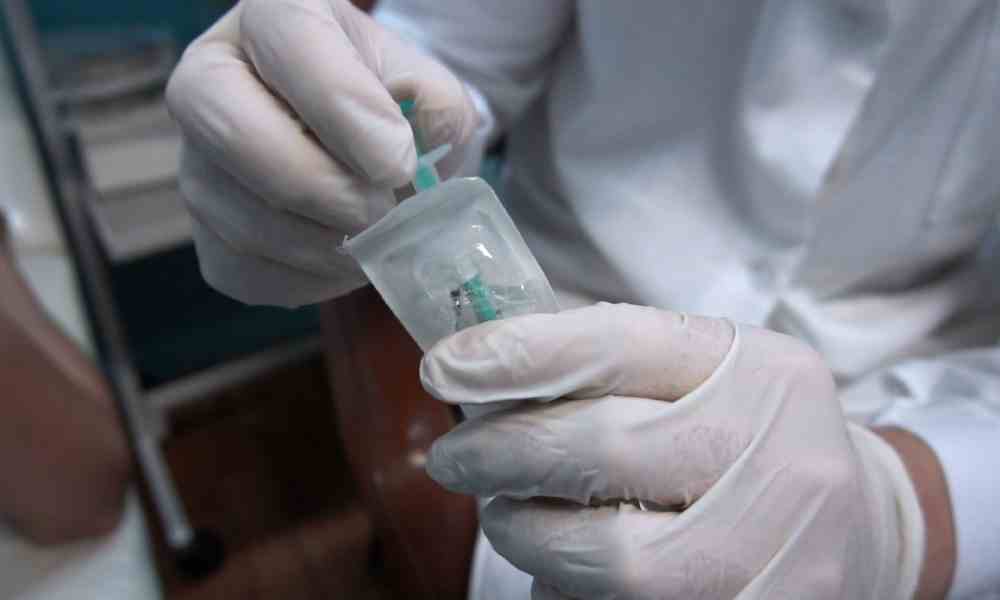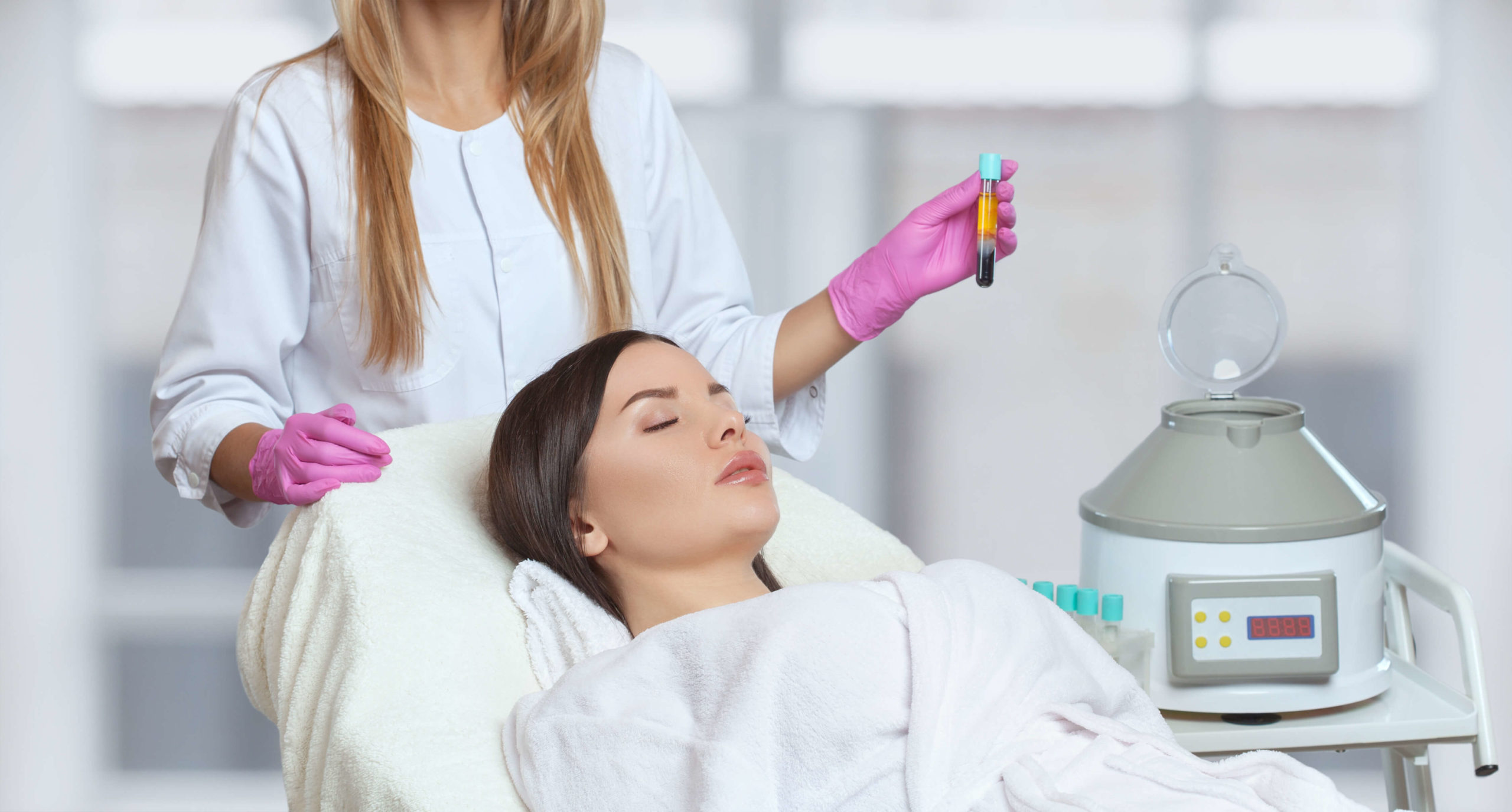To prepare you for success, we visited some of the best yoga instructors in the country and asked them to share their best beginner yoga tips for beginners. Yoga is known for its many benefits for body and mind, but the poses and culture can be a little intimidating. Finally, yoga differs from your typical fitness or posture exercises in that it involves the whole body.
Happily health is the best fitness app when you are looking for other workouts that compliment your yoga practice and vice versa. This is a yoga-inspired fitness app that directs the yoga flow like a regular workout, but contains yoga elements.
One of the most important poses for yoga beginners is the pose of the children, explains Heather Dressler, owner of Bodylift Fitness. This is the best pose to move your body when you are standing in front of a pose in your yoga class that you have not practiced for some time. It is also the most accessible, because most of it is a position that anyone practicing yoga can enter when they feel overwhelmed or stressed, or when they need to calm down their body.
Beginners, especially men, should not try to stretch themselves into advanced yoga poses because poor stretching means you will injure yourself. It is not important how flexible you are, but how deep you can penetrate the posture. Standing in the mirror with other people and focusing on your posture to work on your body regardless of your fitness level means you don’t get the benefits of the pose.
- Bhujangasana Cobra Pose – This strengthens the lower back muscles, envelops the spine, triceps and opens the chest to induce inhalation. To make the spine more flexible on the abdomen with the feet and toes flat. Keep your ribcage lifted and shoulders back until you reach your toes and feel your legs stretching.
- Adho Mukho Svanasana (Face Dog Pose): Stretches the tendons and chest, lengthens the spine and provides additional blood flow to the head. Cow Pose (Bitilasana) Share on Pinterest Cow Pose stretches the stomach and increases the flexibility of the spine. Share on pinter This is a wonderful stretch for the cat, followed by a cow pose with a small massage of the spines.
- You don’t have to squat down to feel the benefits and keep the movement safe for the body. Trikonasana Triangle Pose Stretches legs and torso, mobilizes hips, promotes deep breathing and leaves an invigorating effect. Form a table, push your hands back, strengthen your legs and raise your hips.
- Keep your shoulder blades flat on the floor until you feel a stretch in your back. Grasp your right arm and reach over your head to your left side and bend to the side. Stay at right angles to the pose and pull your hips back one after the other with both hands.
- Once your hands are in place, push your buttocks under your feet until you feel a stretch in your biceps, shoulders and chest. Pull your left elbow up with your right hand until you feel your triceps stretching. Many people know this route from gymnastics lessons, but it is also one of the best static routes for the arms.
- Stand or sit tall and extend your right arm to shoulder height, your fingers pointing towards the ceiling. Hold a deep bending in the front knee (make sure it is in line with your ankle), move your arm behind you, raise your chest with your thighs up and reach your arm in the opposite direction.
- In face dog position, move forward with your right foot on the back and hands on the mat, aligning the front heel with the inside of your back foot, with the front heel pointing forward (there is room for the back toe to the side). The same effect can be achieved by changing the posture of the legs into a wall posture. This increases blood flow to the chest and stretches the legs deeper. Place a folded blanket over your pelvis to support 5-6 inches from the wall.
- We are a great way to hurt ourselves by getting yourself to a level of flexibility that your body is not ready for, so we need to avoid that. Achieving this means feeling a stretch in certain muscles that feels more like active engagement and flexing of some muscles than engagement of others. This increases over time the stretch tolerance of your joints and muscle fibers. This stretch tolerance between muscles and joints allows you to perform more rigorous exercises without affecting your body or risking injury.
- Wearing clothes that allow you to move freely and feel comfortable is a must in class says Lisa Yee, a yoga instructor, personal trainer and owner of Lisafit in San Diego, CA.
- Downward Dog is used in most yoga classes and yoga exercises because it stretches and strengthens the whole body. Warrior positions are indispensable for building strength and endurance in yoga practice. They give us confidence, stretch hips and thighs and build strength throughout the lower body and core.
- A gentle back bend is a great pose to stretch the open front of the body (quads, hips flexors and psoas) while strengthening legs, hips, buttocks, core and torso. The crescent lunge is a superb pose to counteract the negative effects of a sedentary lifestyle, as it opens the chest, heart and hips in the opposite direction of sitting. It lengthens and tightens arms, legs, hip flexors, feet and toes while strengthening legs, hips and buttocks. It can also be used to integrate the muscles of the whole body (legs, core and arms) to lengthen and strengthen the upper and lower bodies.
- Facing Dog (Adho Mukha Svanasana): This posture lengthens the spine, stretches the back and leg muscles and promotes digestion. It is a mild reversal posture that relieves stress, helps with headaches and calms the nervous system. Your upper body is straight, your hands are on the floor and your hips are straight, making the curves of the natural spine bend inward.
We hope these beginner yoga tips prove to be useful for you!




